Remember that great website you found on the second page of your search results on Google? Well, of course you do not. Hardly anyone ever makes it to the second page. In fact, studies show less than 3% of total searchers around the globe view past the first results page, which is why you need to work on getting your business there.
In this article we will teach you tried and tested ways on how to get your business listed higher on Google both through paid advertising and for free, how to get to the top of Google local search listings, and how to improve your overall Google business ranking in all 4 main areas of the results page.
Before anything else, let us discuss the fundamentals: What are the 4 main areas within the results page that you can improve your Google business ranking?
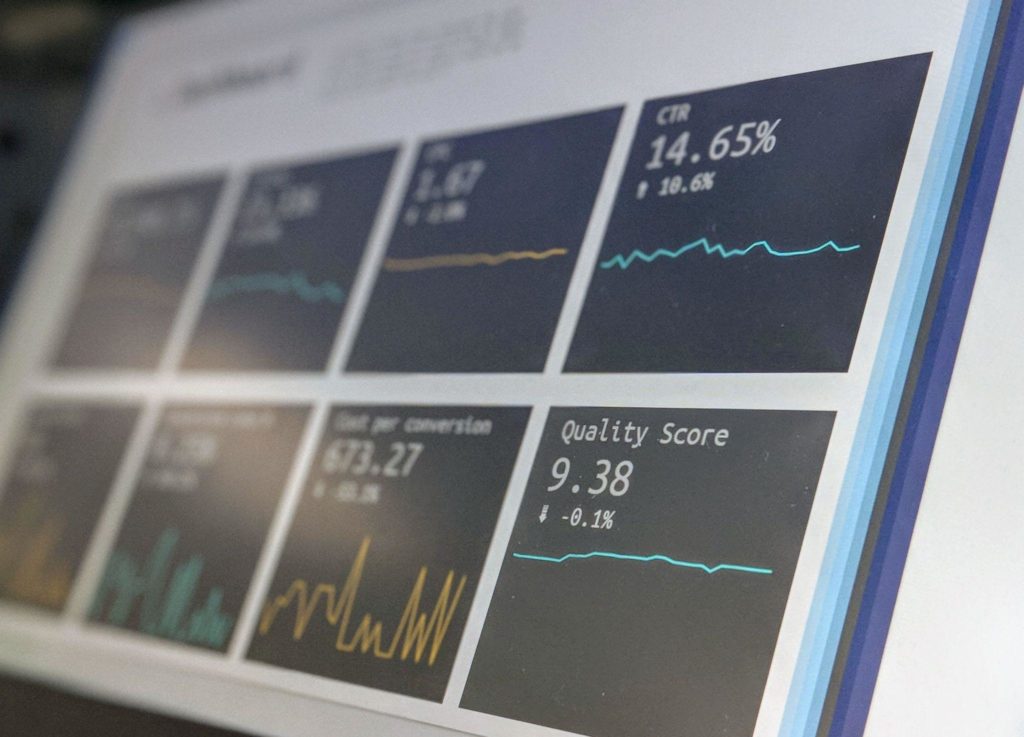
Now that you know where you can rank, let us next discuss what criteria are in place for how to get your listing higher on Google search. Because a search engine sorts through billions of websites in order to extract the most relevant ones per entry, they have devised a well structured algorithm to analyze all that data and get searchers high quality content in less than a second.
In reality, there are over 200 ranking factors that Google looks into, but everyone needs to start somewhere, so start with the top 12 most important factors:



Now that you know the 12 important factors, let us discuss how to apply these to the four main parts you can rank in:
The goal of optimizing your SEO is to rank your business higher on Google for free. So paying Google to achieve that (in the form of ads) may seem contradictory. However, SEO and PPC actually go hand in hand and work best when paired together.
PPC ads give your website the boost it needs to be visible enough to your customers and to outrank your competition, while SEO provides a steady foundation that you can build up on over the years. The better you are at this balance, the easier it will be for your brand to drive in sales. You will also learn from experience the most cost-effective ways to run ads, and will soon be paying smaller rates for bigger sales.
Oftentimes, people expect to invest a lot of money on ads and have them magically work in their favor without so much as a strategy. However, just like how Google sifts through billions of websites for organic ranking, they ensure only the most relevant and high quality ads show up per search. But how exactly can you make ads like that?

Paid search revolves around a great keyword strategy. As the advertiser, you must bid on keywords and keyword phrases that you think your customers would be searching for online, the closer your bids match the query, the easier it will be for your ad to rank high. So think like your customer, consider their needs, and work from here.
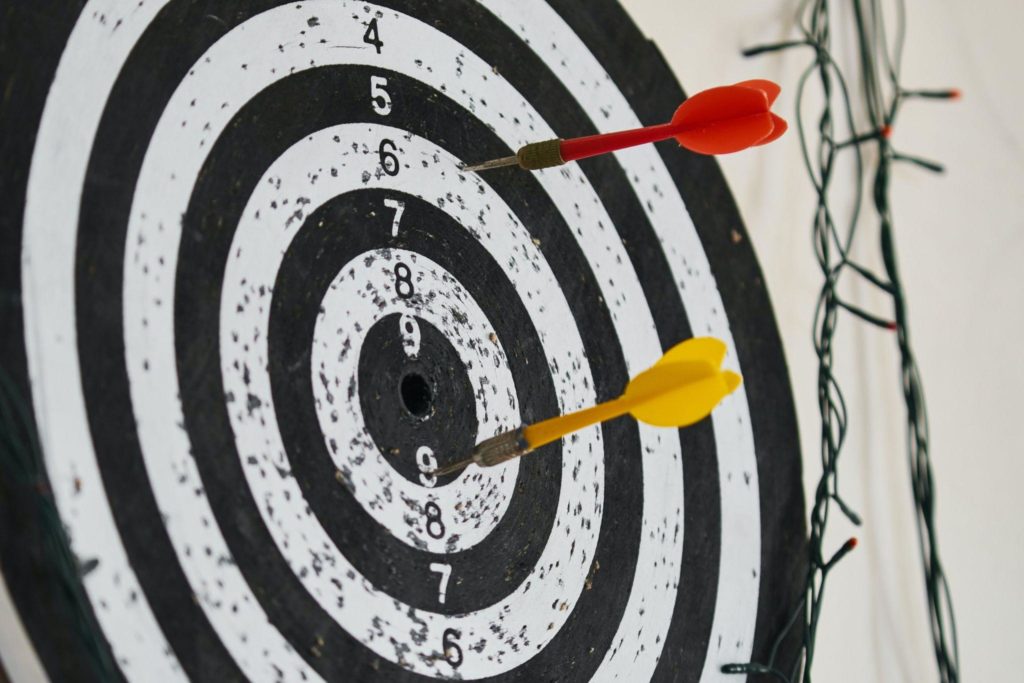
This basically means how relevant and informative your ad is for the user. This is Google’s ranking system from 1 through 10, with the exact formula still undisclosed. What we do know, however, is that there are 3 main factors that go into calculating your quality score, namely:
If someone searches for services such as “plumber”, “barber”, “ gas station”, and the like, Google will automatically use their location data to display the nearest relevant businesses. These are known as local listings, and are quite easy to set up! Here is a handy guide on how to rank on Google local search:
NAP stands for Name, Address, and Phone number. Be sure that these three details are consistent and present across all your platforms and listings online.
If you have an actual brick and mortar shop, you are eligible for a Google My Business page; businesses that are operating only online do not get this feature. Be sure your address and list of service areas are accurate, and also keep your branding exactly the same as how it is in the real world.
Pro tip: Choose the least number of categories to describe your page so as to show up more accurately in listings.
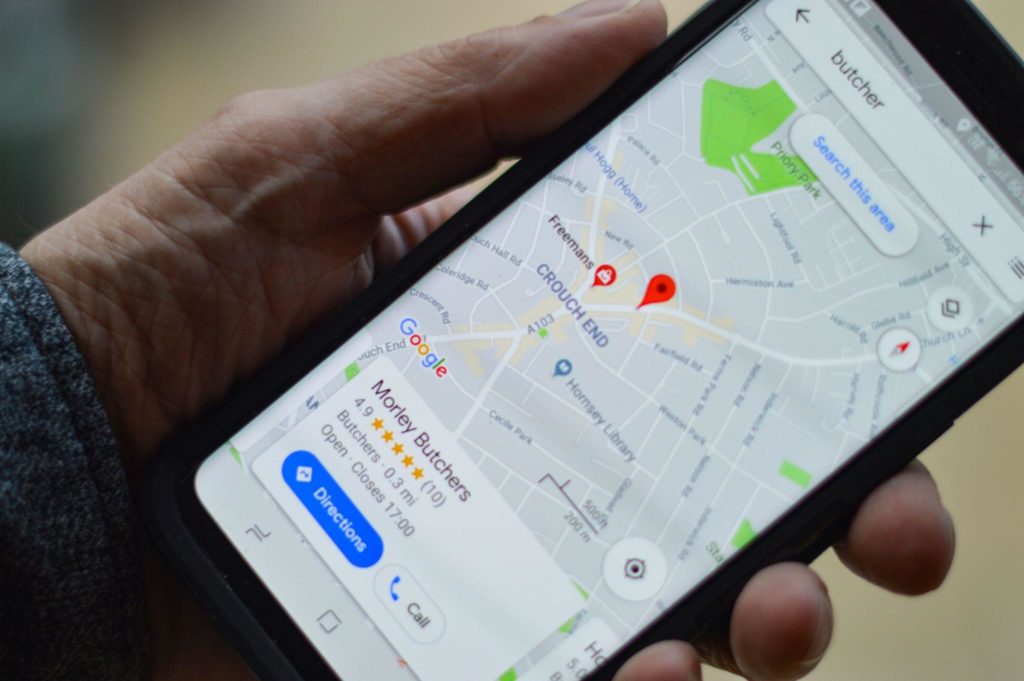
While it is important to keep your brand name consistent on your Google my Business page as it is on your signage, you may opt to add in your location (either city or neighborhood) after your business name. Especially if your company has more than one branch, this can be very helpful for customers looking for the nearest one and being able to tell them apart.
As much as possible, provide a phone number that connects to the specific branch being advertised on the listing. Local phone numbers are more convenient for callers compared to a call center hotline, and direct lines result in more sales.

How to get your listing higher on Google for free? Optimize for SEO. To get the best results, aim for the top three positions since studies show these get about 55% of the total clicks. After the 3rd position, each listing only gets 10% or less of total clicks.
If you are only starting out, this may take some time and a lot of determination to achieve. However, to help you speed things along, check our handy guide on optimizing for SEO:
This is a crucial factor for increasing your rankings. The better the content on your site, the more relevant your brand will be. Users will often turn to you for information and build brand authority throughout your industry.
It is one thing to offer quality content; it is another to regularly publish them. The best way to establish your authority in the industry is by regularly churning out information (both fundamental and new updates) in relation to it.
In order to achieve this, most websites have a blog page where they can publish the latest do’s and don’ts, helpful data, and industry updates. The better the quality of your blog articles, the more likely people will reference it and backlink to your site. The more often you are referenced back to, the more likely search engines will automatically interpret this information and display you higher on the results page. It is a domino effect that just keeps on giving.
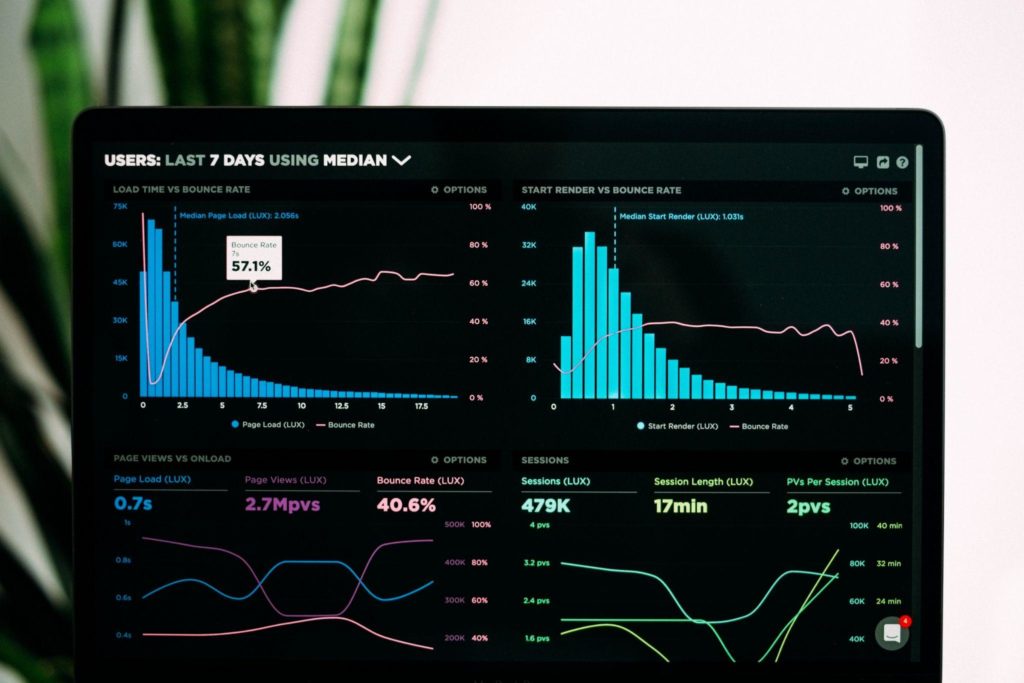
Optimizing for SEO heavily relies on the overall user experience - and your website’s speed is definitely one of the most crucial factors. Studies show that the faster your page loads, the better your conversion rate will turn out since your user tends to be more satisfied with their encounter.
You can hasten your site’s speed by referencing our list of suggestions above.
At least half of your audience will be accessing and reading your content on mobile – be it phones or tablets. This is why Google considers mobile friendliness a major factor into your page rank. By making sure your site is responsive if and when your reader switches to a smaller screen, you ensure that their experience navigating through your pages, finding the right information, and completing the transaction goes smoothly.

Earlier, we mentioned how strengthening and investing in your social presence can positively affect your search engine optimization. From establishing authority, increasing visibility, and helping in redirecting traffic to relevant web pages, this is a surefire way to boost your ranking. Furthermore, your content will each have a longer lifespan and increased shareability.
You need not be on all platforms, but ensure your brand is present and active on those that your target audience is actually on. Some of the platforms you may explore are Facebook, Instagram, Twitter, Pinterest, TikTok, YouTube, and LinkedIn. Each has an edge over the other depending on the kind of content you want to churn out. A few samples below:
![]()
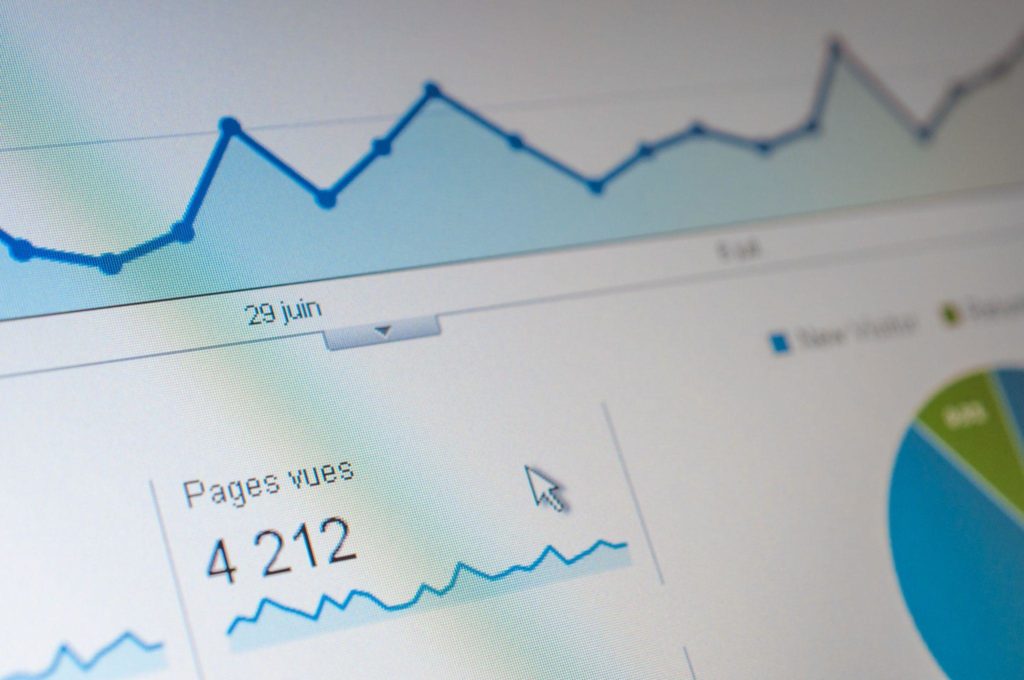
While the above 5 factors are what we heavily suggest you work on, and will already have a positive impact on your SEO, be sure to compliment them with the rest of the ranking factors mentioned earlier, such as:

Did you know that about 48% of Google search results are left unclicked? This is because a lot of the users are getting all the information they need in a quick and summarized manner known as rich or featured snippets.
This type of result is used when the search is in the form of a question – which most if not all Google searches usually are. If you want to optimize your content for rich snippets, here are a few things to check off:

